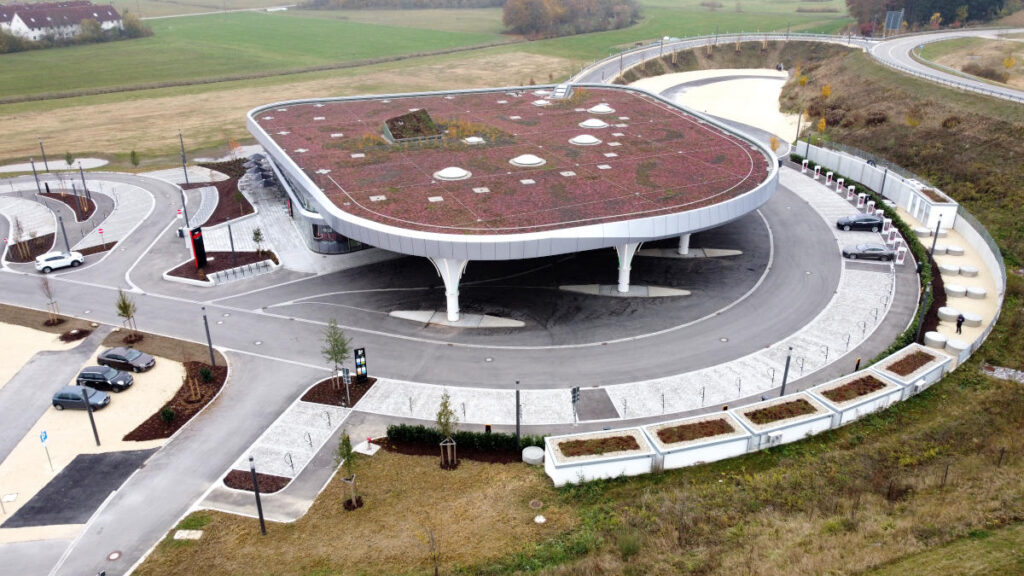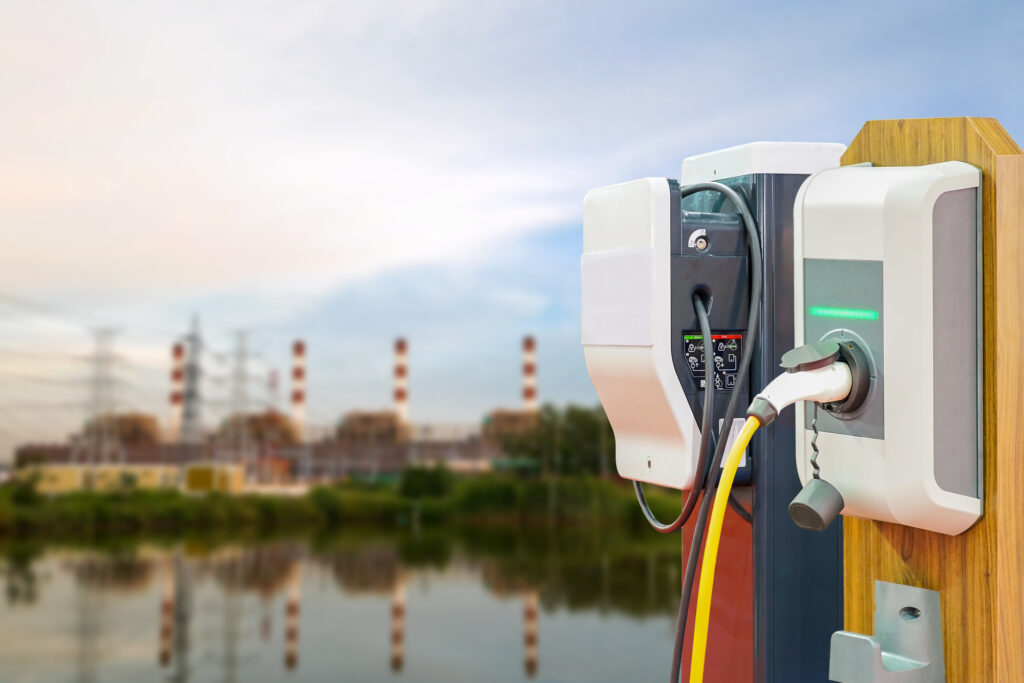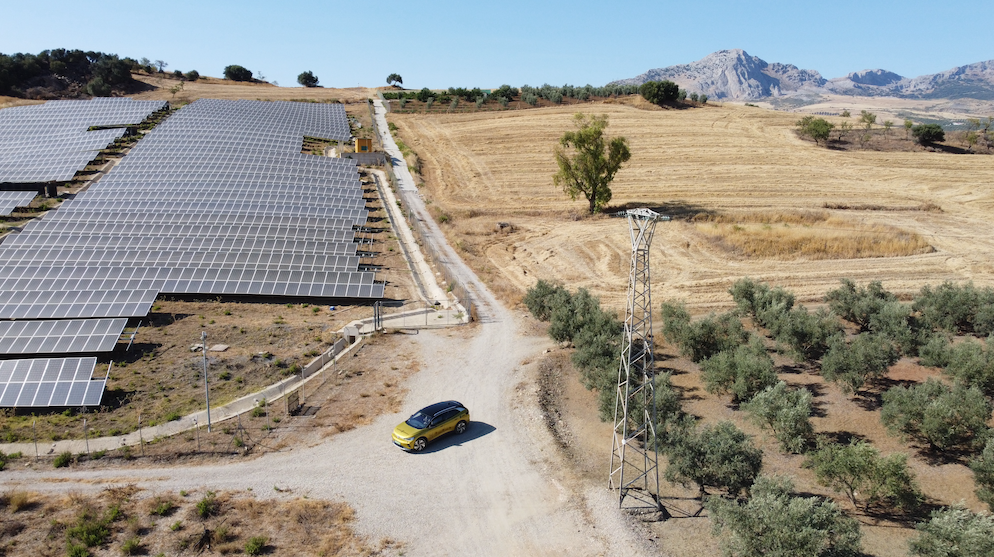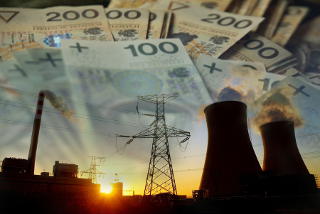European association for the cooperation of transmission system operators ENTSO-E has just published the European Resource Adequacy Assessment (ERAA) 2021. It is a thorough analysis of the sustainability of electric and power systems in years 2025 and 2030, along their evolution, defined by current and future regulations.
As the authors reserve, ERAA should not be interpreted as an attempt to foresee the security level of a given system. ERAA does not foresee the future, it rather identifies potential problems regarding the system allowing for their timely prevention – as the report authors say.
Algorithms analyze multiple factors, including weather and likely failures. The main result is most of all LOLE of a given system in set conditions. This abbreviation, meaning Loss of Load Expectation, hides reliability index widely used in Europe. It specifies the expected number of hours per year in which – under specified conditions – the resources available in a given system are too low to cover the current energy demand. Polish reliability standard is also based on LOLE and amounts to 3 hours per year. It should also be noted that the domestic scenarios were taken by ENTSO-E from valid power policies, in case of Poland – from PEP2040.
It is not bad, provided we ignore economy
In general, what ERAA suggests is that due to planning, coordination and, if needed, intervention of operators, European systems may operate within an appropriate safety margin. However, already in 2025 in case of lack of proper operations, the resource shortage risk significantly increases. In the long term – year 2030 – they become even more pressing as a result of growing economic unprofitability of exploitation of the conventional sources. This economic factor is however taken into consideration solely in some simulated scenarios.
Disregarding economic factors of conventional generation, year 2025 brings nothing new. Except some specific situations on the Mediterranean islands, Lithuania (LOLE=7.5h), Finland (1,5h), Estonia (1h) and France (0.9h) face the biggest problems. Under identical conditions, in 2030, the situation in this countries improves, however island part of Denmark LOLE=6.4h shoots ahead. Poland is safe under these scenarios.
It becomes less comfortable while taking a slightly abstract scenario of the lack of power markets and conventional energy technology solely governed by profitability. This would mean shutting down all unprofitable conventional power plants. In such situation in European countries from Lithuania to France LOLE reach the value of several hours in 2025. The Czech Republic being on top with 15 hours. It is better when one takes the existing power mechanisms into account. LOLE decrease and the Czech Republic is still ahead with 13 hours. What is interesting, in both scenarios the reliability index in Poland is better than in Germany.
The worst Polish nightmare
Poland lags behind in the scenarios of low conventional generation. They assume additional shortages of generation from such sources, greater than the ones estimated by individual countries in their respective policies. Conventional generation shrinks then only due to economic reasons.
On the whole area considered, such additional shortage amounts to almost 22 GW in 2025. It is of significant importance in case of Poland and its power market. Since it is taken – according to the EU regulation 2019/943 – that from July 2025, all coal power plants without power contracts cease to operate. It refers to many old coal power units, the new ones have contracts concluded for 15 years. Generation is provided only by the ones which had the contracts concluded early enough, prior to the end of 2019.
For Poland, LOLE shoots up to over 10 hours.
On, the other hand, year 2030 looks disastrously. European operators point out this year in their plans of 36 GW of conventional powers as “unlikely”.
In Poland, LOLE is then 3967 hours, that is exactly six months. Obviously, it does not mean that we will spend six months in 2030 sitting in the candlelight. It means that the shortage of resources for of the designed current demand coverage for six months is expected.
We will shut down coal, if we get something instead
Polskie Sieci Elektroenergetyczne providing insight in the very ERAA calm us down: the last and worst scenario should be treated as a stress-test one. In which all units generating from coal and without power contracts after 2025 are to be shut down. Without any verification whether it is profitable and useful for the system, whatsoever.
PSE reminds that according to the plan until 2025, Polish system will lose approx. 6 GW of coal powers, and until 2030 – ca. 1T GW.
The operator admits that the LOLE index of the last scenario is unacceptable, and simulation result shows that in Poland we need a model providing economic justification for operation of high conventional powers. They should compose of coal units still in operation, and new highly available sources, e.g. gas sources. Shutting down currently operating high-emission sources will be feasible only when adequate power is launched in zero and low- emission units – as PSE stresses.
Let us remind you that the previous Minister of Climate, Michał Kurtyka, with PSE commenced negotiations with the European Commission on support mechanism for coal power plants after 2025, modeled on the German Early Decommissioning Mechanism. Individual power plants would compete in mark-up auctions, but they would need to have a set shut-down date. The negotiations were far advanced, but then the Ministry of State Assets jumped out with an idea of the National Energy Security Agency. Astonished Brussels asked Polish government to decide on what exactly it was that it wanted. Brussels asked for NAB financial model Poland does not have and it is not known when it is going to have one.













